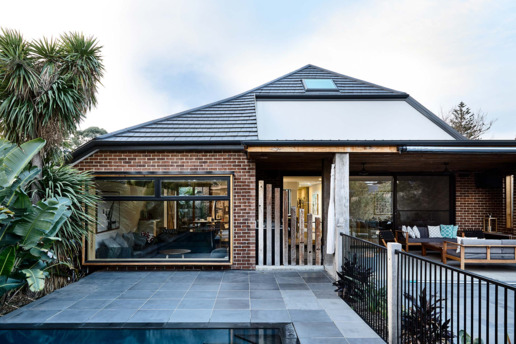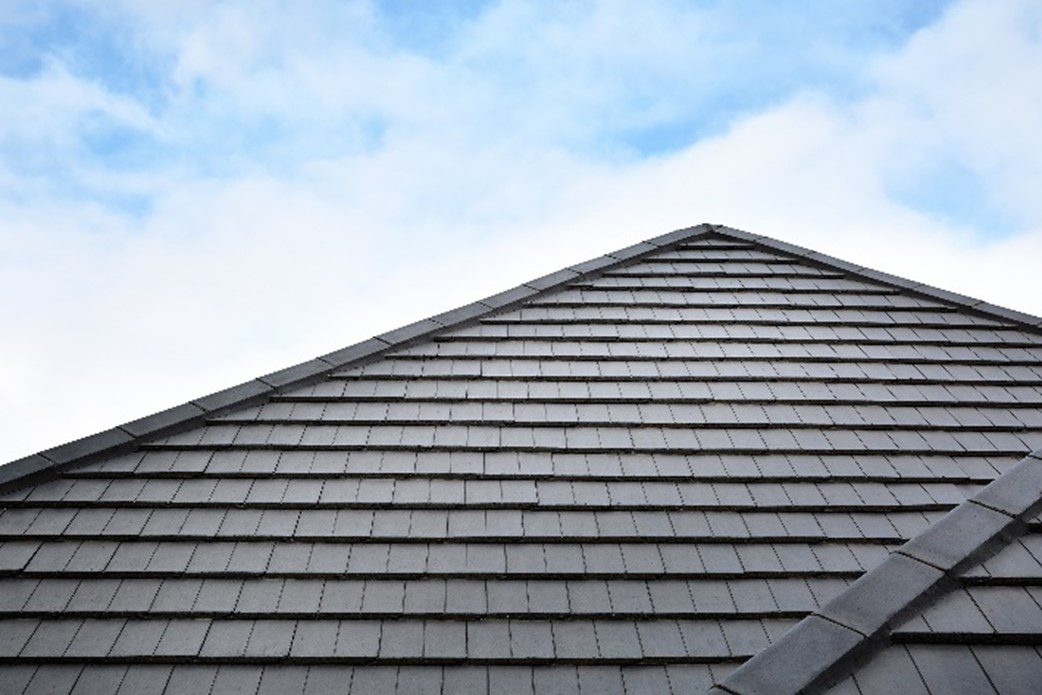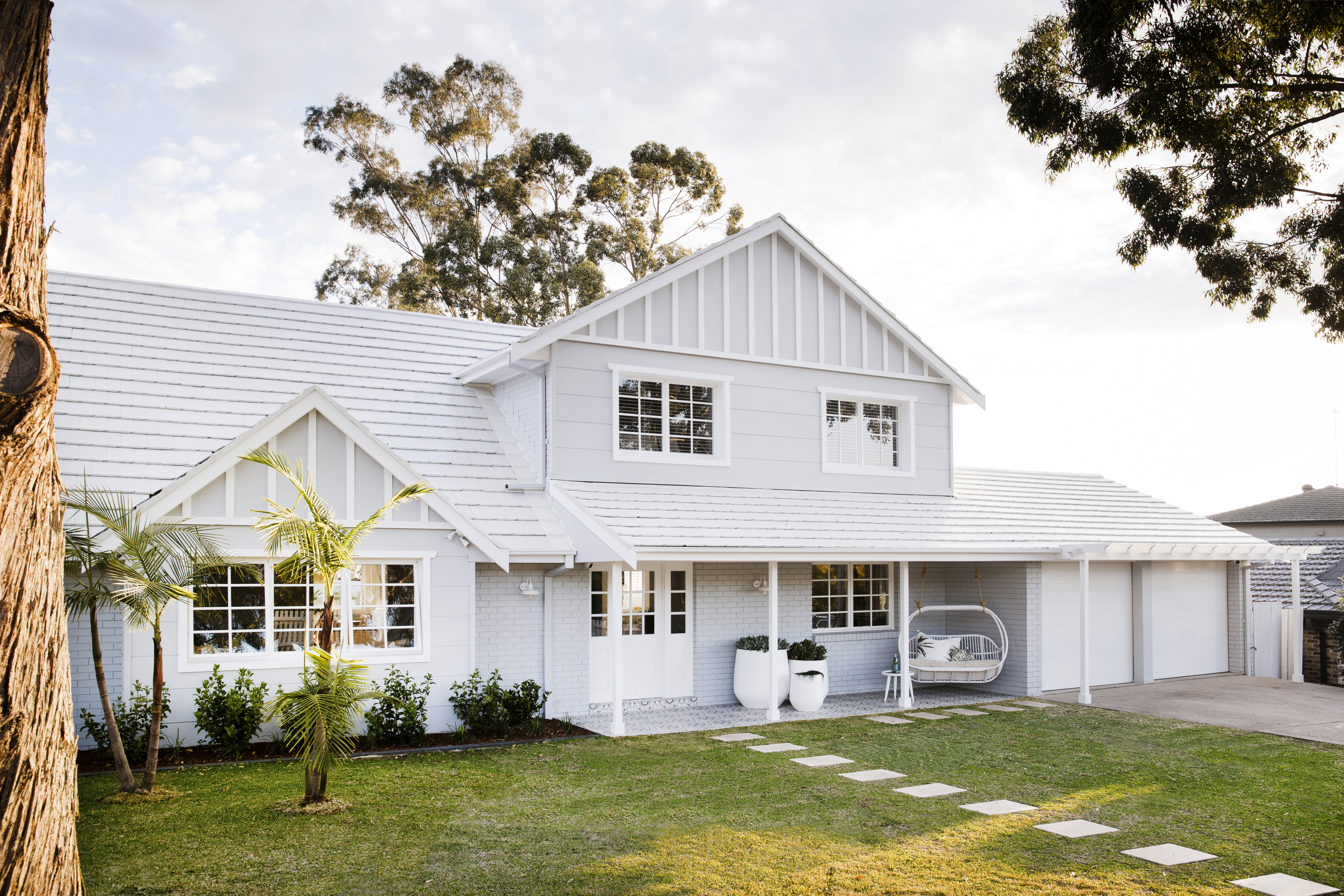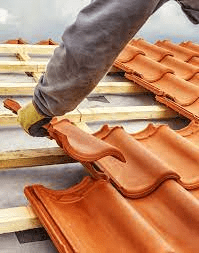The natural properties of tiles will often make them the most appropriate roof covering material for Australian conditions.
Both concrete and terracotta tiles are suitable for use close to fresh or salt water. They are deemed to be non-combustible by the NCC making them idea for bush fire prone areas.
When it comes to performance and colour, nothing is longer lasting than terracotta. Our Luxe Collection is made from natural Australian clay and is fired at a temperature of over 1100°C, baking the colour into the tile. This enables it to withstand Australia’s harshest elements, and the test of time.
That’s why we offer a 50-year guarantee on both colour and performance for our terracotta roof tiles.
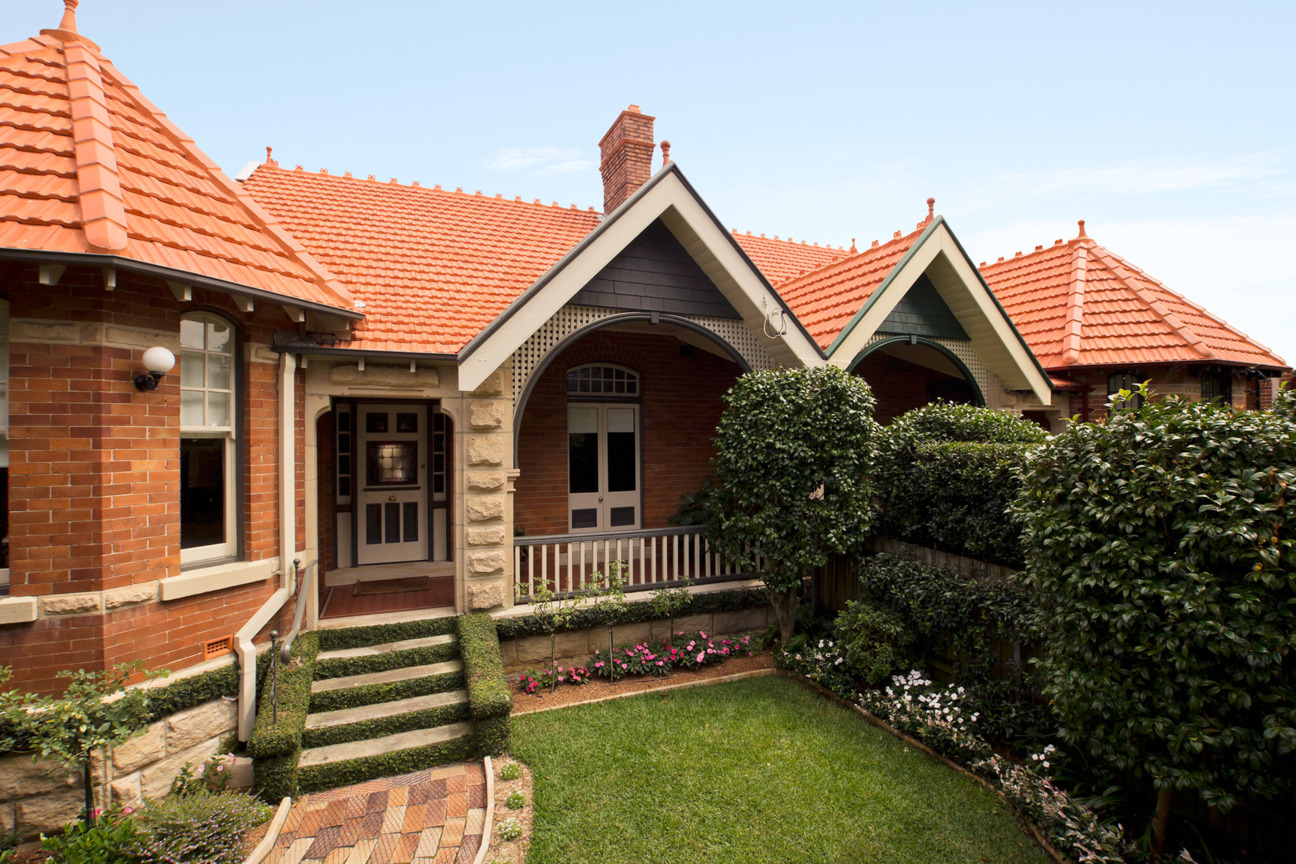

The Monier Premium Collection of concrete tiles offers our exclusive C-LOC™ Colour Lock Technology, locking in a premium look for your home.
ACHIEVE YOUR LOOK
Monier tiles come in a range of profiles from flat to raised, complimenting you design aesthetic be it modern, classic or somewhere in between. Monier tiles are versatile and adaptable. They’ll look better for longer, giving your home superb street appeal for years to come.
